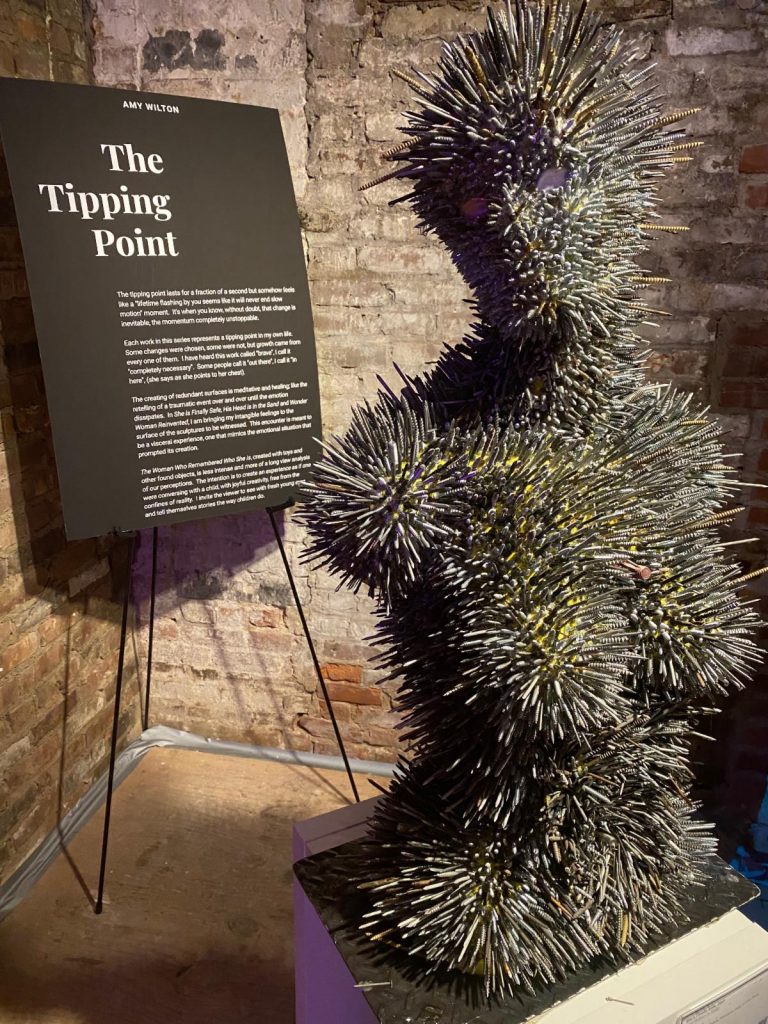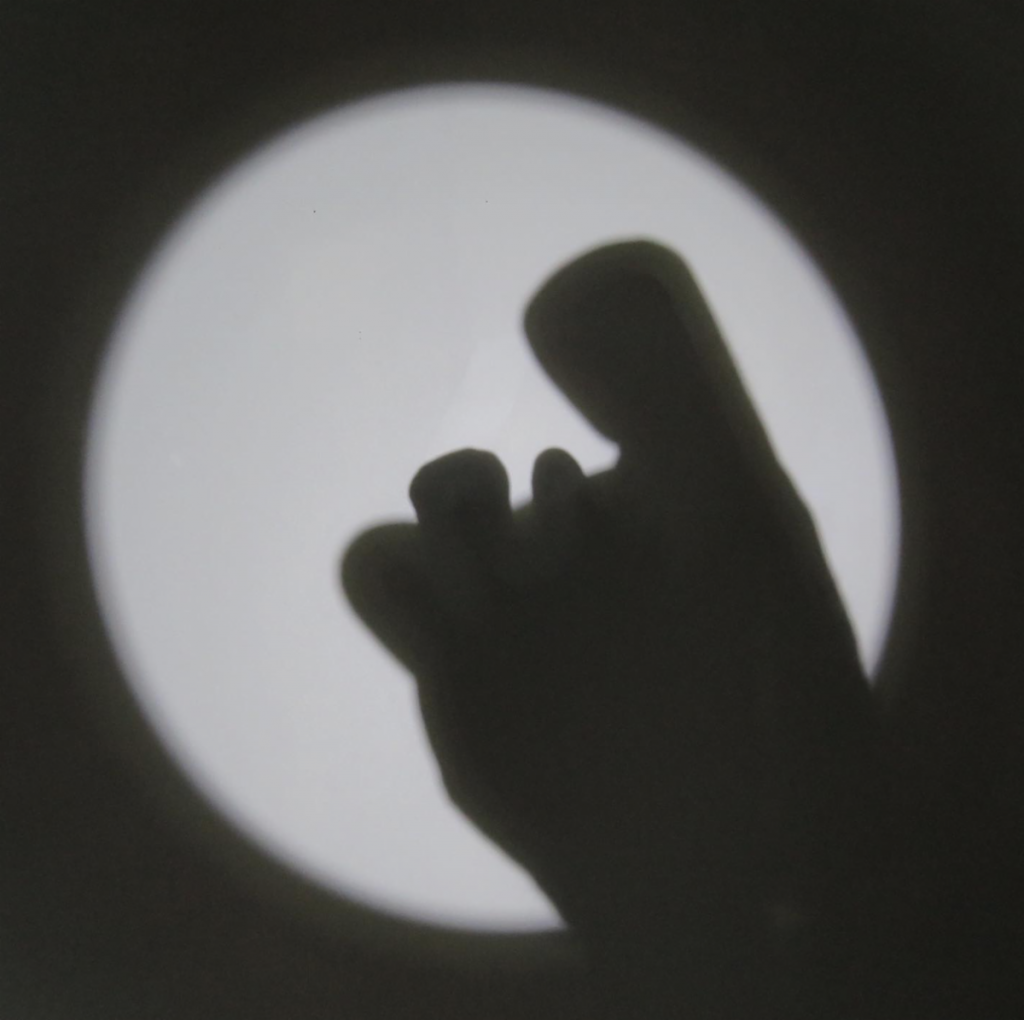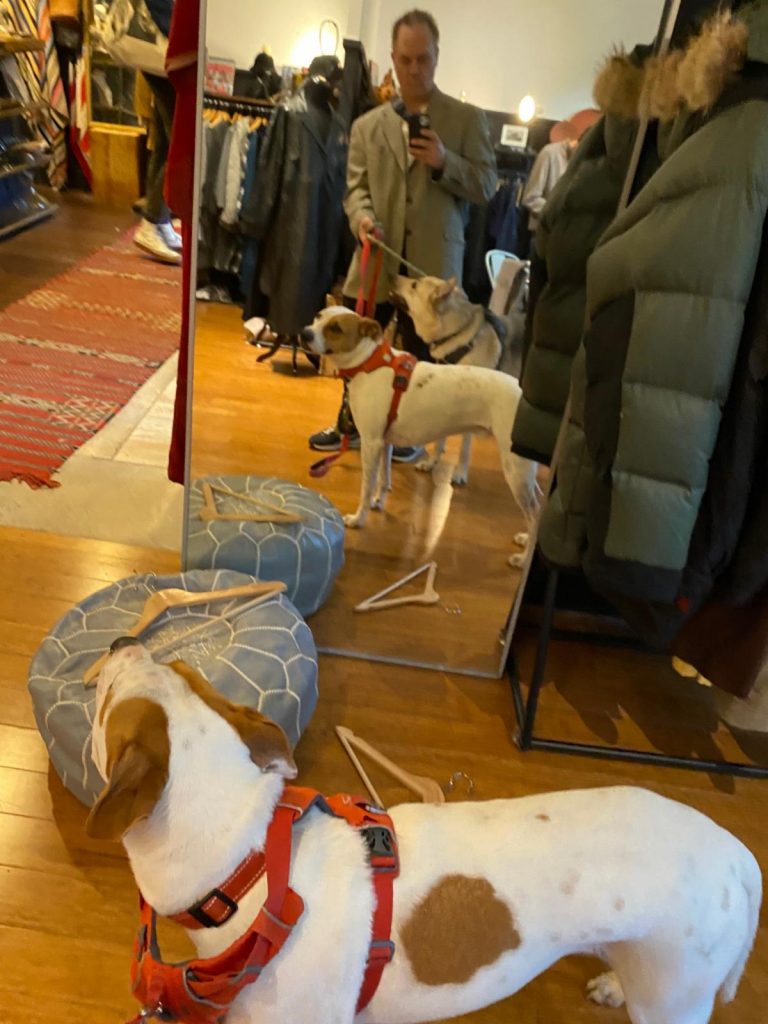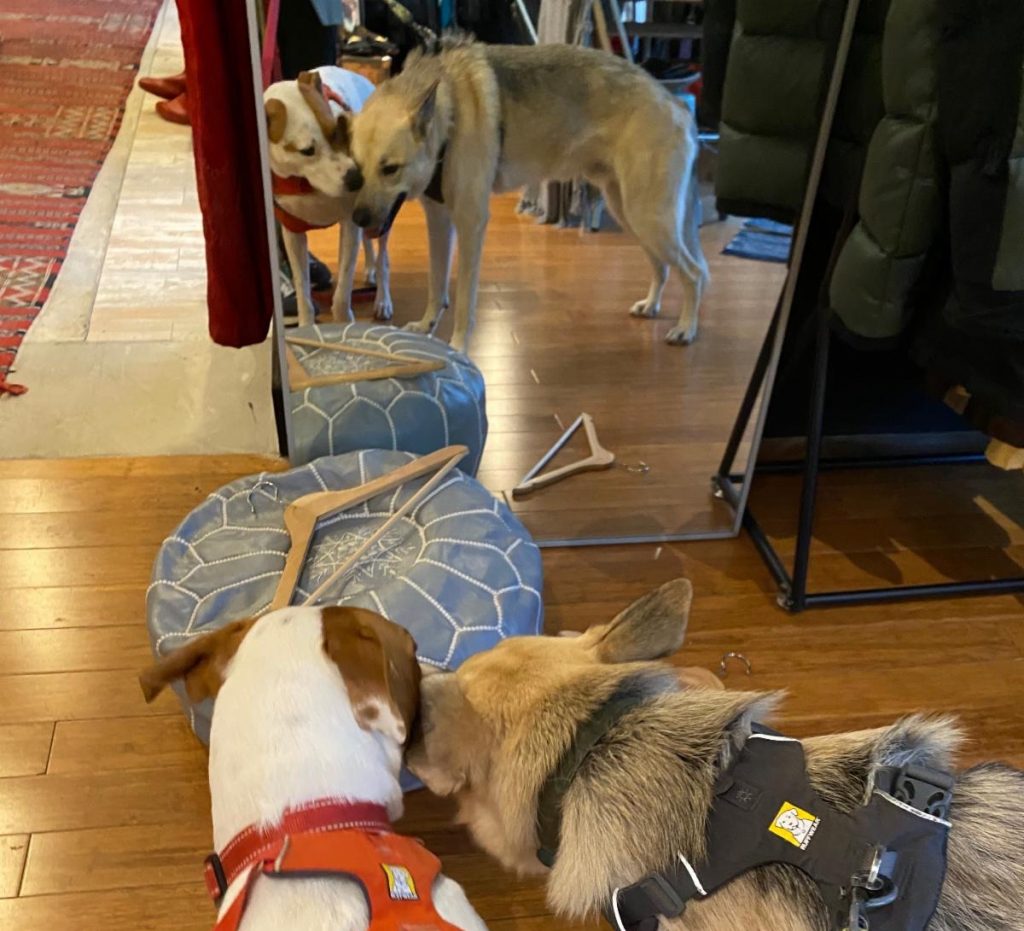For better or worse, the irony was not lost on me.
Although I had blocked out a few windows to write this newsletter during the week, I failed completely.
Nothing felt compelling or immediate or even all that interesting to write about.
Certainly, there’s nothing unusual in a writer having a few uninspired moments.
What’s ironic is that I was drawing a creative blank regarding the topic I’d selected for this month, Creativity (New Meditation HERE.)

Yes, I’m in the midst of getting ready to launch three projects, so my mind is definitely focused in several locations.
Part of me also felt that perhaps like a fish being unable to see the very water it swims in, I’m so afloat in a sea of constant creativity that describing it sometimes feels daunting.
For example, last night I went to an incredible once-a-month happening called Art Bath, an immersive performance salon.
It was held in a remarkable 6,800 square foot, 19th-century pre-industrial space with 22′ ceilings.
There were works on display by three very different but all quite compelling visual artists.
My favorite may have been these intense sculptures, ones we were encouraged to touch.

Note: those spikes are very, very sharp.
The evening also involved four sequential performances in different sections of the space.
These ranged from a Julliard-trained drag queen who sang several classical arias and an incredible tap-dancing combo.
Most astonishing of all was Steven Wendt, a member of the Blue Man Group, who performed a shadow-puppet show that was beyond amazing.
When it started I suppressed a temptation to roll my eyes, only to quickly discover a performance that was utterly mesmerizing, even haunting.
I’ve never seen anyone offer so much character and narrative with nothing but constantly morphing shadows, created entirely by moving their hands in front of a single lightbulb.

Again, it might be argued that this extraordinary night may have contributed to a creativity overload.
Even so, instead of writing, I did manage to get passionately wrapped up in another imaginative endeavor.
Specifically, my plans for Vlad and my Father/Son Halloween costumes.
In fact, I confess that I abandoned my laptop and all attempts at writing to take him and Malibu for a walk to our favorite vintage clothing shop.

Yes, it’s true both Vlad and Malibu love fashion.
More to the point, we also have several Dog Community Halloween invitations coming up, including one at a local bar with prizes for both the dogs and their owners.
I was, however, keenly aware that by indulging in various kinds of wild and playful creativity, I was again actually “playing hooky” from writing about creativity.

In Rick Rubin’s book The Creative Act:A Way of Being, he offers several exercises for times when one might feel creatively blocked.
He shares them as “a way to break the sameness and refresh your excitement in the work, as if engaging with it for the first time.”
I think you’ll be able to extrapolate the gist just from their titles:
- Taking Small Steps
- Changing The Environment
- Changing the Stakes
- Inviting an Audience
- Changing the Context
- Altering Perspective
- Writing for Someone Else
- Adding Imagery
- Limiting Information
Fittingly for a book about creativity, Rubin encourages the reader to create their own versions of his exercises.
Indeed, it’s quite fun to extrapolate how his musical suggestions––such as exploring lighting optionswhere the performer can see the audience’s faces clearly or not at all––might be applied to other genres and disciplines.
Nonetheless, the purpose for Rubin’s exercises––or the ones that you come up with yourself––is always the same:
“To set up a structure to go beyond your usual method and find new ways to move forward.”
In some ways, this feels almost paradoxical––like planning to be spontaneous.
And yet perhaps sometimes the only way to move beyond a stagnant structure might just be to replace it with one that simply feels more alive.

Ultimately, my creative inspiration to write about creativity actually came to me in the form of a question, one that came in right before I did a live Q&A event.
As a valid tangent to researching creativity, I’ve also been diving deep into Storytelling.
Thus, I’ve been re-reading some favorite classics on the topic as well as listening to some amazing workshops.
Anyway, the Q&A question led me to consider more deeply the entire process of Storytelling regarding Creative Visualization.
I’ll have a lot more to say about it soon (probably) but one of my key takeaways when applied to visualization is that creativity isn’t a one way street.
Allow me to expand…

Given all the guided meditations I’ve offered (this month’s HERE), it should come as no surprise that I’ve long explored the power of Creative Visualization.
I have––as I’m sure you do, too––many stories of seemingly miraculous synchronicities and achievements I credit to the process.
And yet, I also have a very long list of Unfulfilled Wishes–-again, as I’m sure you do, too––where the powers of Creative Visualization seems to have completely forgotten my address.
At the same time, I’m also aware that I’m so often “guilty” of breaking one of the cardinal rules of metaphysical techniques.
Said many ways, it’s always essentially Not Letting Go of the Outcome.
It’s all too easy to get so seduced by your own Passionate Vision (it is your Vision, after all), that after conjuring it, you never simply release it into the mysterious ethers of the Universe to arrive in whatever form is best.
The mystics tell us that it’s a misuse of your creativity to insist that your fulfilled desires must look exactly as you envision them.
Perhaps paradoxically, specificity sometimes doesn’t increase ease of manifestation.
Instead this constricts possibilities, imposing all sorts of limitations on what just might be a far more open-minded and generous Universe.
In fact, doing so works against your best interests since it restricts the greatest resource at your disposal: the Vastness of Creativity Possibility.
Allow me to invoke a much greater authority on this exalted plane of thought…

No less than Patti Stanger, TV’s Millionaire Matchmaker, agrees.
(Yes, I’ll readily admit to having watched her Bravo series as a totally Guilt-Free Pleasure.)
Chief among her advice was that matchmaking clients should have 5 non-negotiables regarding a future partner…but only 5.
Having more than 5 non-negotiables, Patti regarded as counter-productive.
Indeed, fully embracing the cosmic principle of creativity as a two way street, the Millionaire Matchmaker believes:
“The rest is up to the magic
and wiggle room the universe gives.”

I find it quite compelling that the name Saraswati, the Hindu goddess of all things creative, translates to “the flowing one.”
Indeed, Saraswati’s domain includes everything––writing, speech, music, and thought–-that flows.
When this creative flow seems blocked or slowed, we’re lucky to have guidance via Rick Rubin (and also Twyla Tharp) on how to restore its currents.
For me, it often includes being inspired by other artists, be they Drag Queens, Tap Dancers, or Shadow Puppets.
Or it might be focusing on an IMPORTANT side project (like Vlad and my Halloween costumes).
Or just seizing the moment when someone asks you the right question at the right time.
At the same time, it’s vital that we recognize when to let go of our own creativity and simply allow the results to come back to us however they may.
Of course, having some expectations (or even 5 non-negotiables), seems both reasonable and very human.
Attempting to obsessively curate the Universe’s Creative Process, on the other hand, is clearly a recipe for perpetual disappointment.
As the Millionaire Matchmaker reminds us, we have to allow wiggle room for the Universe’s magic.
As difficult as it sometimes is, after fully discharging my own creative engines, I’m increasingly willing to let go, eager to see what the Creativity of the Cosmos might decide to deliver from the other side of the street.

